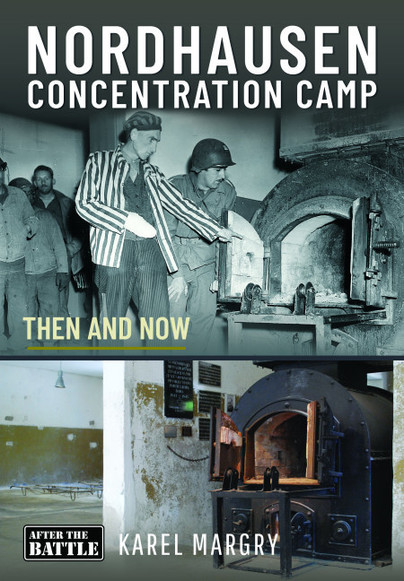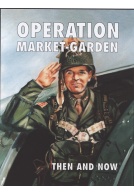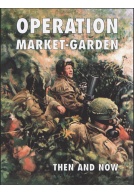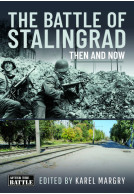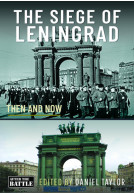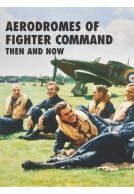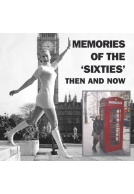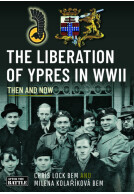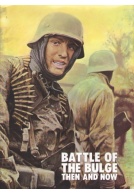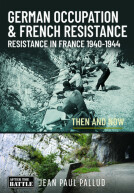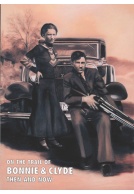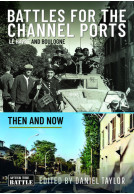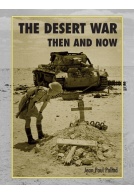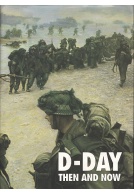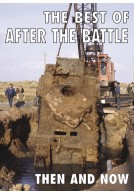Google Books previews are unavailable because you have chosen to turn off third party cookies for enhanced content. Visit our cookies page to review your cookie settings.
Nordhausen Concentration Camp (Hardback)
Then and Now
By
Karel Margry
Imprint: After the Battle
Series: Then and Now
Pages: 224
Illustrations: 195 mono illustrations
ISBN: 9781399031219
Published: 19th April 2024
Imprint: After the Battle
Series: Then and Now
Pages: 224
Illustrations: 195 mono illustrations
ISBN: 9781399031219
Published: 19th April 2024
Author Interview.
You'll be £25.00 closer to your next £10.00 credit when you purchase Nordhausen Concentration Camp. What's this?
+£4.99 UK Delivery or free UK delivery if order is over £40
(click here for international delivery rates)
Need a currency converter? Check XE.com for live rates
(click here for international delivery rates)
Need a currency converter? Check XE.com for live rates
| Other formats available - Buy the Hardback and get the eBook for £1.99! | Price |
|---|---|
| Nordhausen Concentration Camp ePub (33.9 MB) Add to Basket | £14.99 |
In the history of Nazi concentration camps, and particularly labour camps, there is probably no place that bears the same stigma of wretchedness as 'Dora-Mittelbau' at Nordhausen. Located in the Harz mountains in central Germany, next to a quarry tunnel system in the Kohnstein mountain, it served to house thousands of slave workers for an underground factory known as the Mittelwerk, which produced three of Germany's best-known secret weapons: the V1 flying bomb, the V2 rocket and jet engines for the Me 262 and Ar 234 fighters. With over 20 kilometres of underground galleries, it was the largest underground factory in the world. Many of the inmates died in indescribable misery, being forced to extend the tunnels with meagre equipment and under ghastly conditions, sometimes not seeing daylight for weeks on end. Started in August 1943, ‘Dora-Mittelbau’ in due course became the centre of a whole complex of underground factories in the Nordhausen area, with several subsidiary camps being set up. In all, of some 60,000 prisoners sent there between 1943 and 1945, 20,000 were driven to extinction to implement Nazi Germany's secret weapons programme, but they laboured late and in vain, for the products they yielded had little impact on the war. The V1 and V2 are the only weapons which cost more lives in production than in deployment: far more people died producing them than were killed from their impact in London, Antwerp and elsewhere.
The history of Nordhausen, already gruesome in itself, ended in a crescendo of violence when, in the final weeks of the war, the surviving inmates were evacuated from the camps in ‘death marches’. One group of over a thousand men then became victim of one of the most horrendous of all Nazi atrocities. On April 13, 1945, just outside the town of Gardelegen, their SS camp guards, helped by local troops and Hitlerjugend, locked the prisoners in a big barn and set fire to the inside, burning those inside, killing them with hand-grenades, and shooting anyone who tried to escape from the burning, smoke-filled building. A total of 1,016 men died as a result. When discovered by American troops two days later, Gardelegen quickly became known as the site of one most notorious war crimes committed by the Nazis.
In this book, Karel Margry recounts the history of Nordhausen concentration camp and of the Gardelegen massacre in full detail. Both stories are illustrated with unique Then and Now comparison photographs.
The book contains the following two stories from ATB magazine:
Issue 101: Nordhausen
Author: Karel Margry. 18,165 words, 118 black and white photos.
Issue 111: The Gardelegen Massacre
Author: Karel Margry. Text: 16,189 words, 78 black and white photos.
Note:
After the Battle’s account of Nordhausen, when first published in 1998, was considered so accurate and comprehensive that the Nordhausen Camp Memorial asked whether they could translate it into German and use it as one of their brochures. Thus a special German edition of issue 101 appeared under the title Damals und Heute, which has been reprinted several times.
There are no reviews for this book. Register or Login now and you can be the first to post a review!
More titles by Karel Margry
Customers who bought this title also bought...
Other titles in the series...
Other titles in After the Battle...







